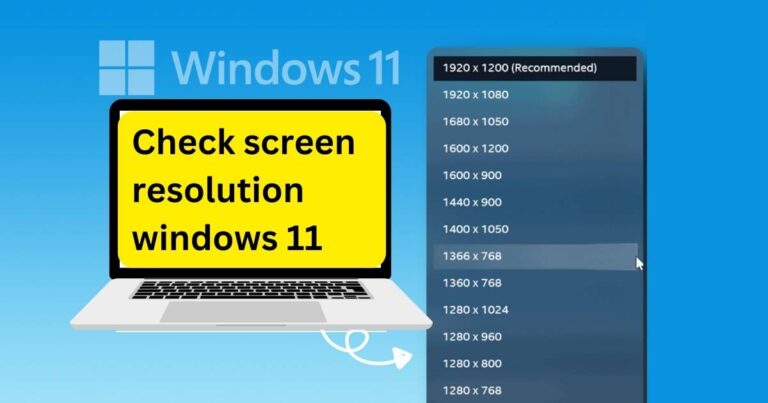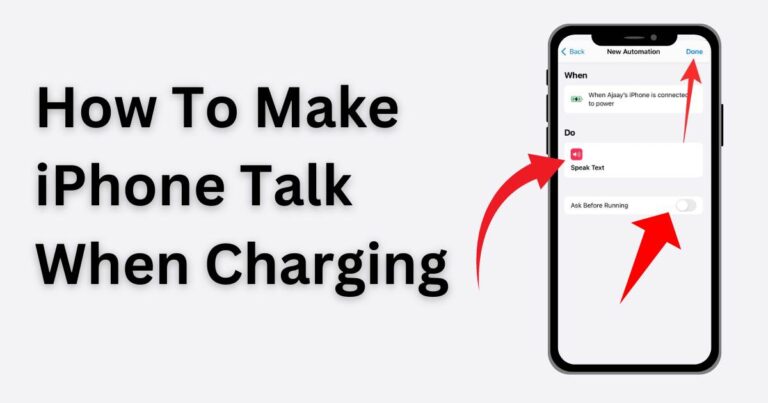Why is my android auto not connecting?
Around the globe, millions of people rely on Android Auto, a smartphone projection standard developed by Google, to provide a simplified version of a smartphone user interface for use in a car. When functioning correctly, it makes life easier by allowing users to navigate with Google Maps, listen to playlists on Spotify, and send voice-controlled texts—all without ever having to take their eyes off the road. However, what happens when Android Auto refuses to connect? Why is my Android Auto not working? This article explores some of the reasons and the solutions to these challenges.
Possible Causes for Android Auto Not Connecting
Android Auto not connecting could result from a plethora of reasons. Some of the most common include:
– Incompatibility with the vehicle’s infotainment system or the smartphone itself
– Faulty USB cables or ports
– Outdated versions of the Android Auto app or Google Play Services
– Misconfigured settings on your device.
How to Troubleshoot Android Auto Connectivity Issues
Check Compatibility: The first thing you need to verify is whether your car and smartphone are compatible with Android Auto. The app typically requires Android 5.0 (Lollipop) or a later version. For optimal performance, Android 6.0 (Marshmallow) or newer is recommended.
Check Your Cable and Port: Faulty USB cables or ports can significantly affect the connection between your car’s system and your smartphone. Try using a different, high-quality USB cable, and ensure that the USB port on your vehicle isn’t the source of the problem.
Update Your Apps: You may be unable to connect to Android Auto because your app or Google Play services are outdated. Regular updates are crucial to fix bugs and improve performance. Ensure that your Android Auto app and Google Play Services are up-to-date.
Adjust Settings: Misconfigurations on your smartphone settings could interfere with Android Auto. For instance, if you have enabled Power Saving Mode, certain features may be restricted. In addition, Android Auto isn’t compatible with all screen overlays or VPN applications, which might require you to disable them while using Android Auto.
Advanced Troubleshooting for Android Auto
If the above steps are not much help, more advanced troubleshooting procedures might be necessary. Here are a few options to consider:
Reset Android Auto App: Clearing the cache and data of your Android Auto app could solve connectivity issues. Just navigate to Settings > Apps > Android Auto > Storage > Clear Cache and Clear Data.
Factory Reset: This should be the last resort if none of the other solutions produce the desired results. Although factory reset can solve many technical issues, it implies erasing all data and settings on your device, so ensure to back up necessary information before proceeding.
Android Auto Alternatives
While Android Auto remains a leader in car smartphone integration, it’s not the only option available. Other solutions like Apple CarPlay for iPhone users, and MirrorLink, which is compatible with numerous smartphone brands and car models, may provide a seamless driving experience when Android Auto fails to connect.
In conclusion, there are various reasons as to why Android Auto might not be connecting to your car or device. It could be as simple as a faulty cable or as complex as an incompatibility issue with your vehicle. The most important thing is to stay patient and try out the solutions listed above, and remember the option of seeking professional assistance when needed.

